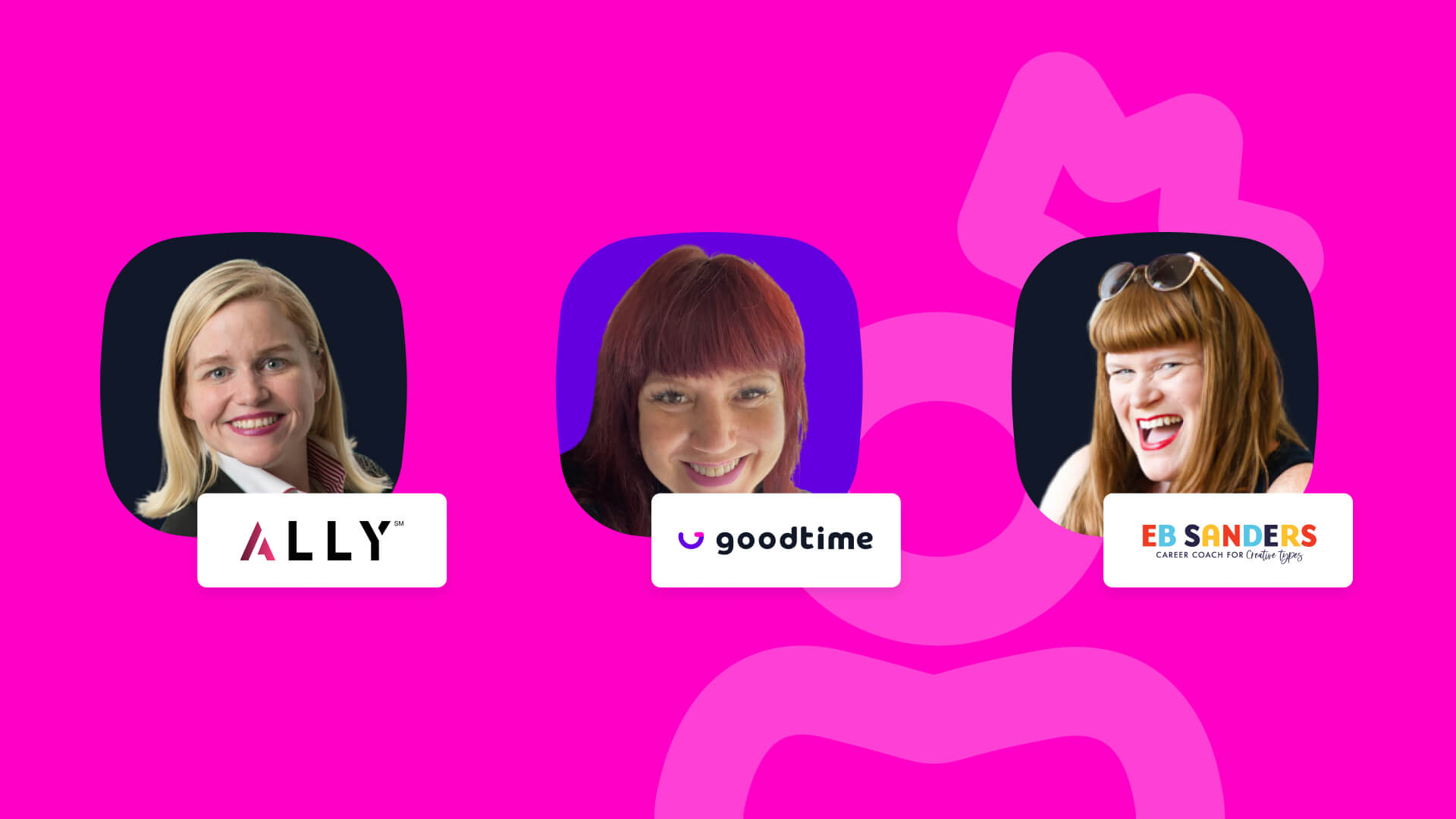Table of Contents
A diverse workforce is invaluable to a company’s innovation, creativity, and holistic success. In fact, diverse teams produce 19% higher revenue (no joke). But while talent acquisition professionals have turned their attention to attracting and supporting candidates from diverse backgrounds, neurodiversity hiring is still overlooked.
Neurodiversity refers to variations in the way that people’s brains work. The term is often used in reference to people with autism, ADHD, dyslexia, and other neurological conditions.
Despite the benefits of a diverse workplace, the hiring process often leaves neurodiverse candidates at a disadvantage. Traditional recruitment methods favor neurotypical candidates (people with “typical” neurological development or functioning). This makes it incredibly hard for neurodiverse individuals to land roles; one in five adults with autism is unemployed.
It’s time to close the neurodiversity hiring gap. Here’s how to make your hiring process inclusive and supportive of neurodiverse candidates.
1. Recruit With the Right Mindset: Differences, Not Deficits
Neurodiversity represents differences in cognitive functioning, not deficits. Take this sentiment and make it the foundation of your neurodiversity hiring efforts. Viewing neurodiverse candidates as less adept than their neurotypical counterparts is harmful and completely incorrect.
Neurodiversity brings fresh perspectives and out-of-the-box thinking to the workplace. Neurodiverse talent deserve an equal shot at employment, just as all candidates do.
2. Partner with Experts in Neurodiversity Hiring
Supporting and hiring neurodiverse candidates might feel like uncharted territory. If you’re questioning whether you have enough knowledge to implement effective initiatives, reach out to expert organizations for help.
For instance, the non-profit organization Specialisterne helped Goldman Sachs shape its Neurodiversity Hiring Initiative internship program. Neurodiversity in the Workplace, another non-profit organization specializing in supporting neurodiverse candidates, has partnered with Dell and VMware to set up their neurodiversity hiring programs.
3. Make Your Job Adverts Inclusive of Neurodiversity
Convoluted, exclusionary job adverts can dissuade neurodiverse talent from applying to your organization. Even if you think your job adverts are inclusive, give them another glance and analyze them from a neurodiverse applicant’s perspective.
Part of using inclusive language involves using concise, plain words and phrases that could be understood by any applicant, regardless of their cognitive differences. Are your adverts straightforward? Or do they include unnecessary corporate jargon?
Candidates from underrepresented groups (URGs), like neurodiverse candidates, have a tendency to self-eliminate from the hiring process if they don’t meet all of the requirements. As one of our many inclusive recruiting best practices, remove any requirements that aren’t directly conducive to success in a position.
If you don’t already have one, draft up a diversity and inclusion statement for all of your adverts. SHRM has provided a template to use. State your willingness to make reasonable accommodations in the application and/or hiring process; this will go a long way in making neurodiverse talent feel confident enough to apply.
4. Schedule Interviews Across Multiple Days
Some neurodiverse candidates practice masking when they interview, a method where they hide certain traits and behaviors to pass as a neurotypical person. Now, imagine having to do that for hours on end in back-to-back interviews—yeah, it’s rough.
All-day interviews can feel like an inconvenience to neurotypical candidates and an incredibly exhausting ordeal to neurodiverse candidates. Luckily, there’s an easy solution: break up the interviews into chunks across multiple days. This gives neurodiverse candidates time to decompress and prepare themselves for the next meeting.
And if there was ever a time to ditch all-day interviews, the time is now. With the rise of remote work and remote recruiting, the traditional all-day, onsite interview is quickly becoming an outdated practice. Our thoughts? Good riddance. (What, too harsh?)
5. Interviewing Neurodiverse Candidates: Prioritize Training
Whether your candidate is neurodiverse or neurotypical, training your interviewers and modifying your interviewing tactics for inclusivity benefits all candidates. (Need a guide on all-things interviewer training? Check this out.)
Here are several quick tips for interviewing neurodiverse talent:
- Select questions about a candidate’s work experience and skill set; avoid hypotheticals.
- Be direct with your questions. Don’t be vague.
- Neurodiverse candidates might struggle to make eye contact or fidget. Don’t let body language influence your decisions.
- Patience is a virtue: allow candidates time to gather their thoughts, and don’t interrupt.
6. Ask for Candidate Feedback—and Use It
Did you know that 75% of candidates report rarely or never being asked their opinions, even though 68% want to provide feedback after an interview? Talk about a missed opportunity.
Collecting feedback from neurodiverse candidates gives you insight into the quality of your hiring process. You’ll find out if your process is really as inclusive as you think it is, and learn how you can improve the interviewing experience for future candidates.
If you’re questioning whether you have the bandwidth to kickstart a feedback collection initiative, the answer is yes. You just need the right tech tools to automate the process.
Keep Inclusivity at the Center of Your Hiring Process
Neurodiversity hiring doesn’t have to be complicated. It begins with putting yourself in your candidates’ shoes and fine-tuning your hiring process. Celebrating neurodiversity is the right thing to do, and it gives your team an edge over the talent competition.
With GoodTime Hire, you can start the hiring process on the right foot by creating diverse and inclusive interview panels.
Hire’s self-identification tagging system allows you to group interviewers based on characteristics—such as “nerdette” for female engineers—to create panels that represent the diverse perspectives at your company.
Learn more about how Hire can help elevate DE&I in your hiring process today.





